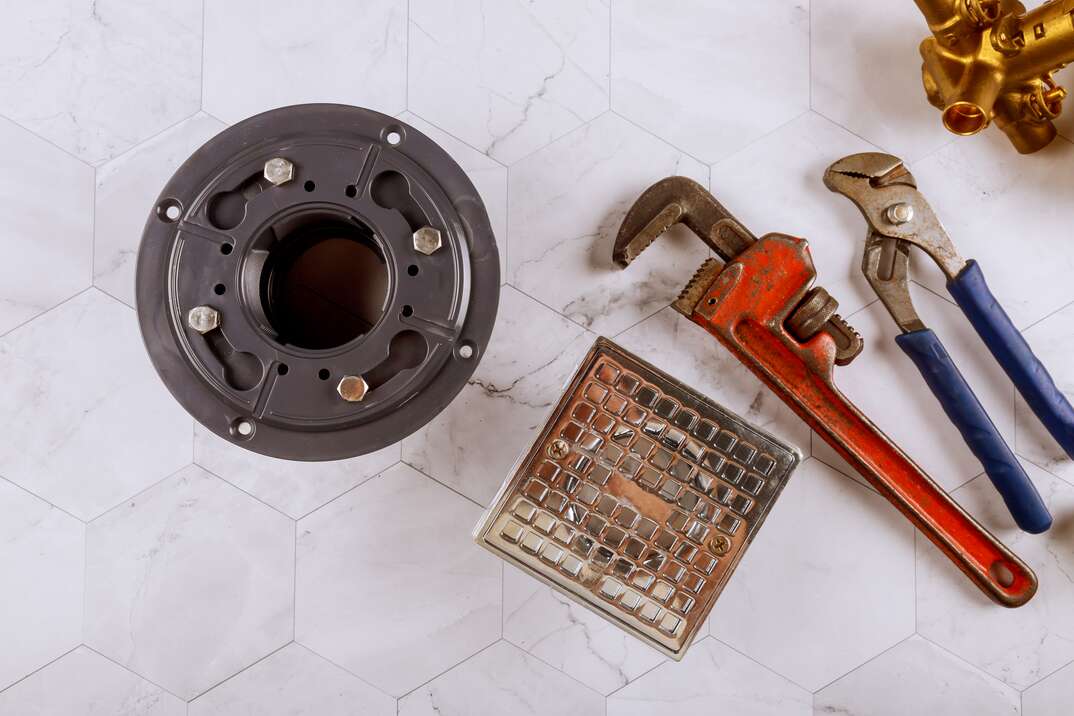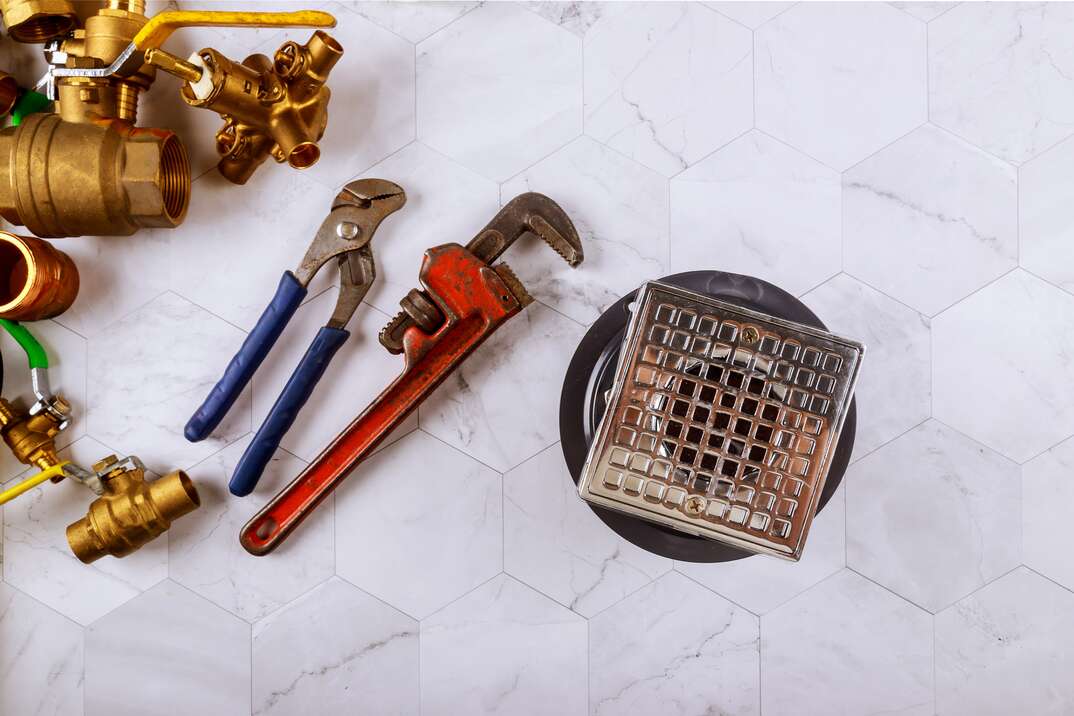Embarking On-Starting-Beginning Your DIY-Do-It-Yourself-Self-Installed Shower Drain-Bathroom Drain-Drainage System Installation-Setup-Project
Embarking On-Starting-Beginning Your DIY-Do-It-Yourself-Self-Installed Shower Drain-Bathroom Drain-Drainage System Installation-Setup-Project
Blog Article
How do you actually feel in regards to How to Install or Replace a Shower Drain?

Updating a shower room is just one of the extra preferred residence enhancement jobs. Managing the plumbing for draining your shower can be exceptionally simple unless you go overboard.
Managing Your Own Shower Drainpipe Installment Job
You can literally develop a collector for your new shower, yet you actually require to consider it. Do you really intend to get involved in the complications of obtaining the sloping proper, as well as making certain every element of it is waterproof? And also I suggest every element! It is much easier to simply acquire a pre-cast collector online or at your local Lowes, Residence Depot or equipment store. Building one could seem like an excellent concept, but you will possibly really feel differently after a number of hrs.
Regardless of how you set about getting a pan, you must make every effort to use one that has the drainpipe located in the very same area as the original frying pan. Moving the drainpipe pipes can be a job, especially if the builder utilized an unique framework structure. If you are established to move the drainpipe, you are going to need to cut back the pipe or lengthen it, which might mean destroying large portions of the floor. Rephrase, you are going to be checking out a several weekend job.
Presuming we have our drainpipe lined up, the real connect is rather easy. The water drainage pipe must be facing vertical approximately the collector. It will certainly often resemble a "U", which indicates it acts as a cleanout to keep unpleasant smells from coming back up from the drainpipe. To connect the drain, you are mosting likely to create a water tight link in between a drain cap on the top of the pan and also the water drainage pipe. Solutions differ, but you are usually mosting likely to do this by putting a coupling item on the top of the water drainage pipe. This is then covered with gaskets as well as essentially screwed into the drain cap. The drainpipe cap ought to act as a locknut, to wit, it screws directly onto the coupling.
The difficult part of this procedure is getting your drain cap to suit a water tight setting in the pan. This is accomplished by backing off the drainpipe cap when you make sure everything fits together. At that point, you placed plumbing professionals putty around the underside of the cap and afterwards screw it back on. The putty needs to form a tight seal between the cap and the shower pan, which keeps water from trickling under it and into the framing under the shower.
Certainly, shower room showers been available in a wide array of styles these days. If you purchase a collector, they generally come with plumbing instructions or the store can note anything unusual you should know. It appears intricate, yet is typically pretty straight forward. Enjoy!
Whether you are a bathtub or shower individual, many people look for shower just choices when purchasing a home. This simple reality suggests greater than a few property owners spend a weekend break updating or setting up showers in their restrooms. The good news is for you, it is a rather basic process.
A collector or frying pan describes the horizontal surface area situated at the end of the shower. The collection agency generally consists of a non-slip surface area somewhat banked towards the facility or anywhere the drainpipe lies. Combined with three to four inch walls around the side, the objective of your shower drain plumbing is to get the water to stream to and away.
Tips for Installing a Shower Drain Assembly
Renovating a bathroom can be exciting as well as fulfilling if you’re tackling the job DIY-style. After you cross off the bigger decisions such as tile style, paint colors, and fixtures, you’ll need to finalize smaller details – such as the shower drain. In this article, we’re sharing some tips for selecting and installing the right drain assembly for your updated shower.
What is a shower drain assembly?
Shower bases or pans typically only come with a pre-drilled drain hole. Since the pan slopes toward the drain, you should consider the placement – left, center, or right – when designing your shower. You’ll need to purchase and install a shower drain assembly that connects the shower pan to the drain pipe underneath the shower. There are a few types of assemblies, which will be covered below.
Size of a shower drain
When it comes to installing drains, size matters. The recommended pipe size for a shower drain is 2 inches, whereas most tubs use 1.5-inch pipes. Why the difference?
Shower pans are shallower than tubs, so there’s a higher risk for overflow. So, the larger pipe allows for quicker draining. If you are replacing an old tub with a newer stand-up shower, you will need to make additional plumbing adjustments to accommodate the 2-inch pipe.
Types of shower drain assemblies
There are three common types of shower drain assemblies: compression shower drain, solvent-glue shower drain, and tile shower drain. The layout, design, and materials of your shower can determine which type of shower drain assembly will work best.
Compression shower drain
This type of assembly attaches to the drain pipe with compression washers and nuts. The drain fitting is typically installed into the base, and then the base is installed into the bathroom floor. This makes compression-style drains easier to install than other options, particularly if you don’t have easy access from the floor under the shower base. Drains are available in a wide range of materials such as PVC (polyvinyl chloride), ABS (Acrylonitrile Butadiene Styrene), and brass, and can be used for acrylic, fiberglass, and steel shower bases.
Solvent-glued shower drain
Made of either polyvinyl or ABS, this type of shower drain is sealed to the drain pipe with solvent glue and silicone. Since you’ll be working underneath the drain pan, we only recommend using this type of drain if you have access under the shower, such as from a basement or crawlspace. It’s also important that you match the type of plastic of the drain with the drainpipe. If you take these precautions, you can install a solvent-glued drain assembly with acrylic, fiberglass, and steel shower bases.
Tile shower drain –
Drain assemblies for custom tile showers feature a waterproof membrane liner placed between two flanges. The tile is installed on top of the liner, collecting any water that seeps through the porous grout. A metal strainer is installed in line with the tile over the drain.
https://www.epshawaii.com/blog/tips-for-installing-a-shower-drain-assembly/

As an avid reader on Simple Steps for Installing a Shower Base, I thought sharing that piece of content was sensible. Sharing is caring. You just don't know, you will be helping someone out. We enjoy reading our article about How to Install or Replace a Shower Drain.
Report this page